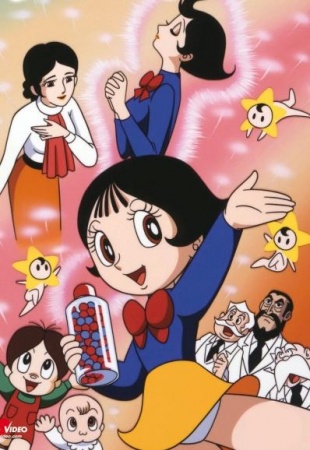
In other first-person shooters, I can go about playing any game mode and be rewarded for my time.

This isn't how I've been conditioned as a gamer, and it shakes me to my core. If I don't do this, though, I'm not leveling, because the game neglects to award me for my good performance. Sometimes, I tunnel vision these challenges, which can be a sharp detriment to my performance. Instead of playing the game regularly and focusing on winning the match, I find myself going into Halo Infinite games with my challenges in the back of my head. On top of that, each kill, capture, and victory means nothing for your Battle Pass level.

If you're unlucky with getting maps that have Mangler spawns, you'll have to keep playing until you do find one. This, once again, isn't insanely difficult to accomplish - as long as the circumstances allow it. The "Spike Drop" challenge requires players to get a single kill in multiplayer using the Mangler weapon. The same goes for challenges involving using a specific weapon. Easy enough, if you can find a grappling hook and happen to be playing a game mode with vehicles. A challenge like "Grapple-Jack" requires you to use the grappling hook on a vehicle and hijack it. This research was funded by Google and Intel Corp.įor more information, contact Kemelmacher-Shlizerman at or 20.This system's flaws are exposed even further when a challenge you get is hard to accomplish due to the random chances of the requirements. “The aging process is one of many dimensions to consider.” “I’m really interested in trying to find some representation of everyone in the world by leveraging the massive amounts of captured face photos,” Kemelmacher-Shlizerman said. While this method considered gender and age, the research team that also includes UW doctoral student Supasorn Suwajanakorn hopes to incorporate other identifiers such as ethnicity, and cosmetic factors such as hair whitening and wrinkles to build a robust enough method for representing every human face.
#ANIME AGE PROGRESSION SOFTWARE#
The automatic age-progression software can run on a standard computer and takes about 30 seconds to generate results for one face. In each of these morphs, the left image is the starting input photo and the right image will transform to age 80 to show the automatic aging process. These renderings usually are created manually by an artist who uses photos of the child as well as family members, and editing software to account for common changes to a child’s face as it ages, including vertical stretching, wrinkles and a longer nose.īut this process takes time, and it’s significantly harder to produce an accurate image for children younger than age 5, when facial features more closely resemble that of a baby. Perhaps the most common application of age progression work is for rendering older versions of missing children. To compensate for these effects, the algorithm first automatically corrects for tilted faces, turned heads and inconsistent lighting, then applies the computed shape and appearance changes to the new child’s face. Real-life photos of children are difficult to age-progress, partly due to variable lighting, shadows, funny expressions and even milk moustaches. “When shown images of an age-progressed child photo and a photo of the same person as an adult, people are unable to reliably identify which one is the real photo.” “Our extensive user studies demonstrated age progression results that are so convincing that people can’t distinguish them from reality,” said co-author Steven Seitz, a UW professor of computer science and engineering. In an experiment asking random users to identify the correct aged photo for each example, they found that users picked the automatically rendered photos about as often as the real-life ones.Ī single photo of a child (far left) is age progressed (left in each pair) and compared to actual photos of the same person at the corresponding age (right in each pair). The researchers tested their rendered images against those of 82 actual people photographed over a span of years. These changes are then applied to a new child’s photo to predict how she or he will appear for any subsequent age up to 80. An algorithm then finds correspondences between the averages from each bracket and calculates the average change in facial shape and appearance between ages. More specifically, the software determines the average pixel arrangement from thousands of random Internet photos of faces in different age and gender brackets. This technique leverages the average of thousands of faces of the same age and gender, then calculates the visual changes between groups as they age to apply those changes to a new person’s face. The shape and appearance of a baby’s face – and variety of expressions – often change drastically by adulthood, making it hard to model and predict that change. See more examples of age-progressed photos.


 0 kommentar(er)
0 kommentar(er)
